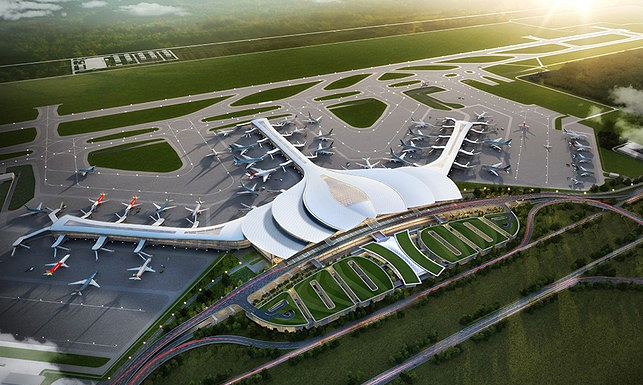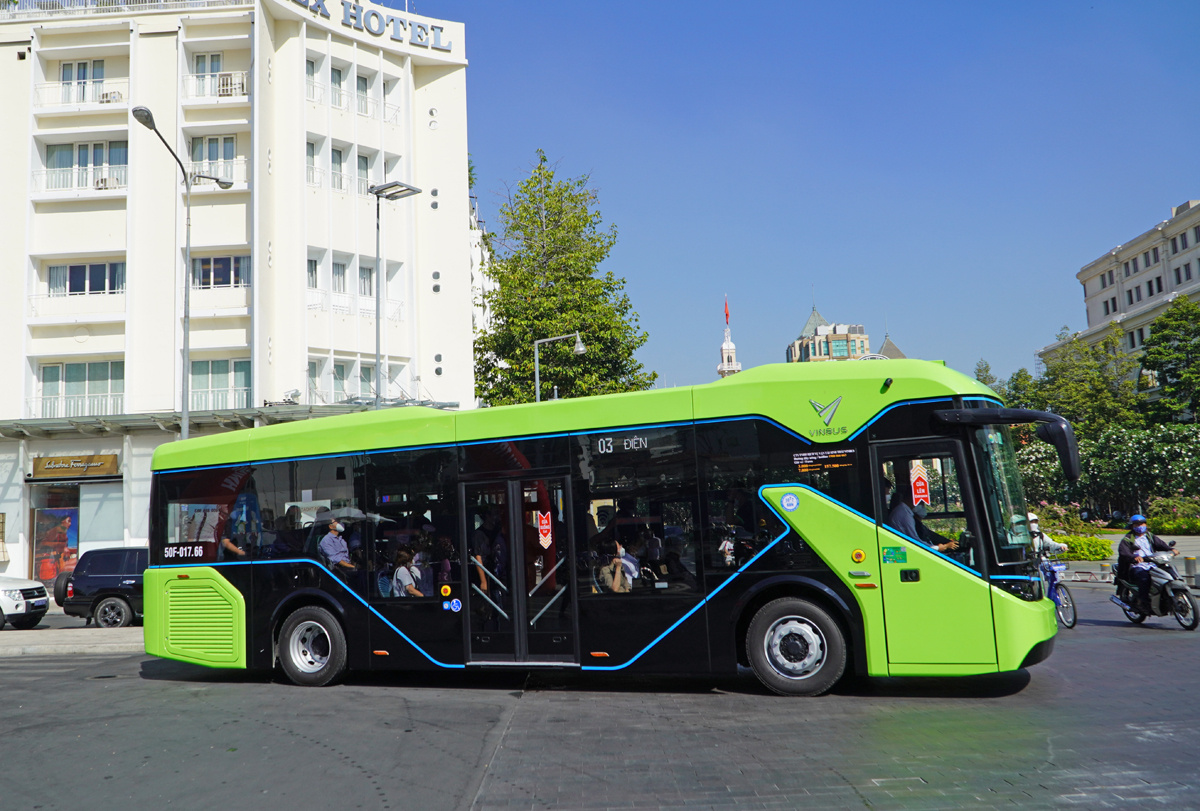Kenno Vietnam Pulse | June 2024
Vietnam's economic performance continued its strong recovery trajectory in the second quarter of 2024, with GDP growth reaching 6.93% YoY. This marks a significant rebound from the downturn experienced in early 2023, bringing the growth rate back to the pre-pandemic levels of 6.5%-7.0%. Key growth drivers included industrial and production activities, which saw a 7.5% YoY increase, construction, and the services sector, which grew by 6.6% YoY, driven by a resurgence in international tourism. The agriculture sector also contributed with a stable 3.4% YoY growth. Export activities surged by 14% YoY in June, and 14.5% YoY in H1 2024, driven by high demand in electronics, computers, wooden furniture, machines, and spare parts, particularly from the US, EU, and ASEAN regions. This strong export performance resulted in a healthy trade surplus of USD 11.6 billion in H1 2024 (~2.7% of 2023 GDP). Production saw an impressive recovery, with an 11% YoY increase, and the manufacturing sector expanding by 12.6% YoY in H1. The PMI rose sharply to 54.7 in June from 50.3 in May. Additionally, Foreign Direct Investment (FDI) disbursements, predominantly directed towards the manufacturing sector (70%), increased by 8.2% YoY to USD 10.8 billion in H1, indicating a promising outlook for future export growth.
On June 4th, 2024, U.S. tech firm Motorola Solutions inaugurated a new research and development (R&D) center in Ho Chi Minh City. This center aims to enhance data analytics and AI-enabled technologies, supporting the company’s safety and security ecosystem. The initiative focuses on leveraging AI to develop advanced camera systems, sensors, and vehicle detection technologies, improving decision-making and emergency response times. This investment highlights Motorola Solutions' commitment to advancing public safety and underscores its dedication to fostering diverse, multicultural engineering talent across the Asia Pacific region, with other R&D locations in Penang, Bangalore, and Kolkata. This development continues to strengthen Vietnam’s position as an important hub for high-tech innovation and investment in the region.

On June 21st, 2024, it was reported that the construction of Long Thanh airport's runway in southern Dong Nai Province is two months ahead of schedule, with technical operations expected to begin by May 30th, 2025. Contractors have completed the foundation and concrete layer, and the cement surface has been test-paved, utilizing nearly 1,700 personnel and 350 pieces of equipment for concrete paving and drainage systems until April next year. The airport terminal is also ahead of schedule, with 3,300 engineers and over 1,100 pieces of equipment working to complete it. This progress underscores the project's significance as a national key infrastructure initiative, with a total estimated investment of $13.28 billion. Once completed, Long Thanh will replace Tan Son Nhat International Airport in Ho Chi Minh City as Vietnam's largest airport, enhancing regional connectivity, stimulating tourism, and boosting trade, thereby contributing to the country's economic development and attractiveness as an investment destination.

On June 24th, 2024, it was announced that Apple's main supplier, Foxconn, will invest $383.3 million into a new factory in Bac Ninh province, specializing in producing printed circuit boards (PCB). The factory will have a total capacity of 2.79 million items per year and cover an area of 14.3 hectares in Nam Son - Hap Linh Industrial Park. This expansion is part of Foxconn's ongoing strategy to enhance its production capabilities in Vietnam, focusing on computing products. Foxconn entered the Vietnamese market in 2007 and has invested $3.2 billion in the country. As of now, the Taiwanese company operates factories in Bac Ninh, Bac Giang, and Quang Ninh, employing more than 60,000 workers, engineers, and experts. The new factory will not only boost local employment but also contribute to the overall economic growth and development of the region.
On June 25th, 2024, Hanoi revealed plans to invest $1.7 billion to convert its public bus fleet to run on electricity or natural gas by 2030. The city has earmarked VND43 trillion (US$1.69 billion) for this initiative, which aims to switch all buses to electric vehicles (EVs) or use green energy by 2025, with taxis following by 2030. This plan is part of Vietnam's broader commitment to achieving net-zero carbon emissions by 2050, as pledged at the UN Climate Change Conference (COP26). The Department of Transport's strategy includes purchasing new buses and modifying existing ones to meet the new standards. Currently, Hanoi operates 154 bus routes, with 132 subsidized, involving over 2,300 vehicles operated by private companies. This significant investment in green public transportation aligns with Vietnam's national goals of reducing greenhouse gas emissions and promoting sustainable urban development. The move is expected to enhance the city's air quality, support sustainable urban growth, and solidify Vietnam's commitment to a greener future.

Laura Ranin
You might also like:
